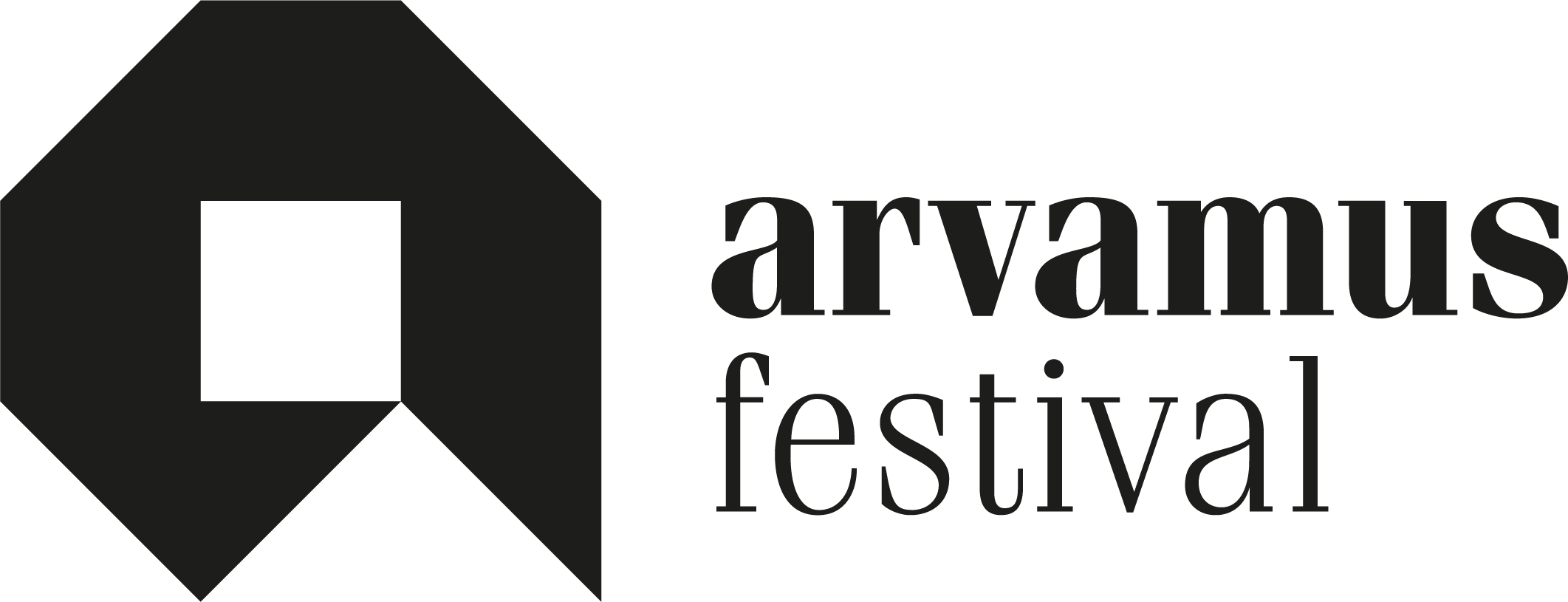How does it work? Format description
Discussions using playful solutions use various visual elements to brainstorm and solve various problems. The objects are easily modified and adapted and allow participants to visually present their ideas. Objects that can be used: plasticine, memo papers, cardboard cut-out elements, Lego, etc. This format helps to overcome linguistic and cultural barriers, because the visual models created are easily understandable to everyone, regardless of their background. The use of objects allows participants to take risks freely when sharing thoughts and to share unconventional ideas, because the objects are not associated with any specific value or important activity. In this way, the moderator can create a playful, supportive and unprejudiced atmosphere where all ideas are welcome and valued.
For a successful discussion, it is good to choose a specific situation or problem that groups will start thinking about solutions to, and to divide the discussion into different stages. The stages are preceded by division into groups and a general introduction to the discussion. The stages are divided into:
- Introduction: the moderator describes the problem or situation in more detail and asks the participants a specific question or challenge that can be answered using visual elements.
- Construction: Participants create a model of a solution or situation using visual elements that answers the question or challenge posed by the moderator.
- Sharing: Each group presents its model and explains what solution it offers and what the meaning and impact of this model might be.
- Interpretation of results and feedback: Everyone, both participants and the moderator, can share their thoughts and ask their questions about the presented model.
If there are invited speakers in the discussion, what do they do?
There are no invited speakers.
What is the role and profile of the moderator?
The moderator’s role is to give participants as clear instructions as possible, encourage them to think outside the box and keep the group building and interpreting results stage lively and efficient, while staying on schedule with the discussion.
The moderator and the discussion organiser must agree on the purpose and theme of the discussion, based on which the moderator chooses the most suitable visual elements for the discussion. In addition, the moderator prepares substantive instructions and a discussion schedule.
Number and profile of participants in the discussion?
This format is suitable for 15-30 participants. Depending on the purpose of the discussion, participants may need prior background knowledge of the topic, but mainly active and involvement-interested participants are simply needed.
If you feel you need advice on choosing or applying a discussion format, please contact your discussion area coordinator.
